The journey of creating SINOX's diverse product series
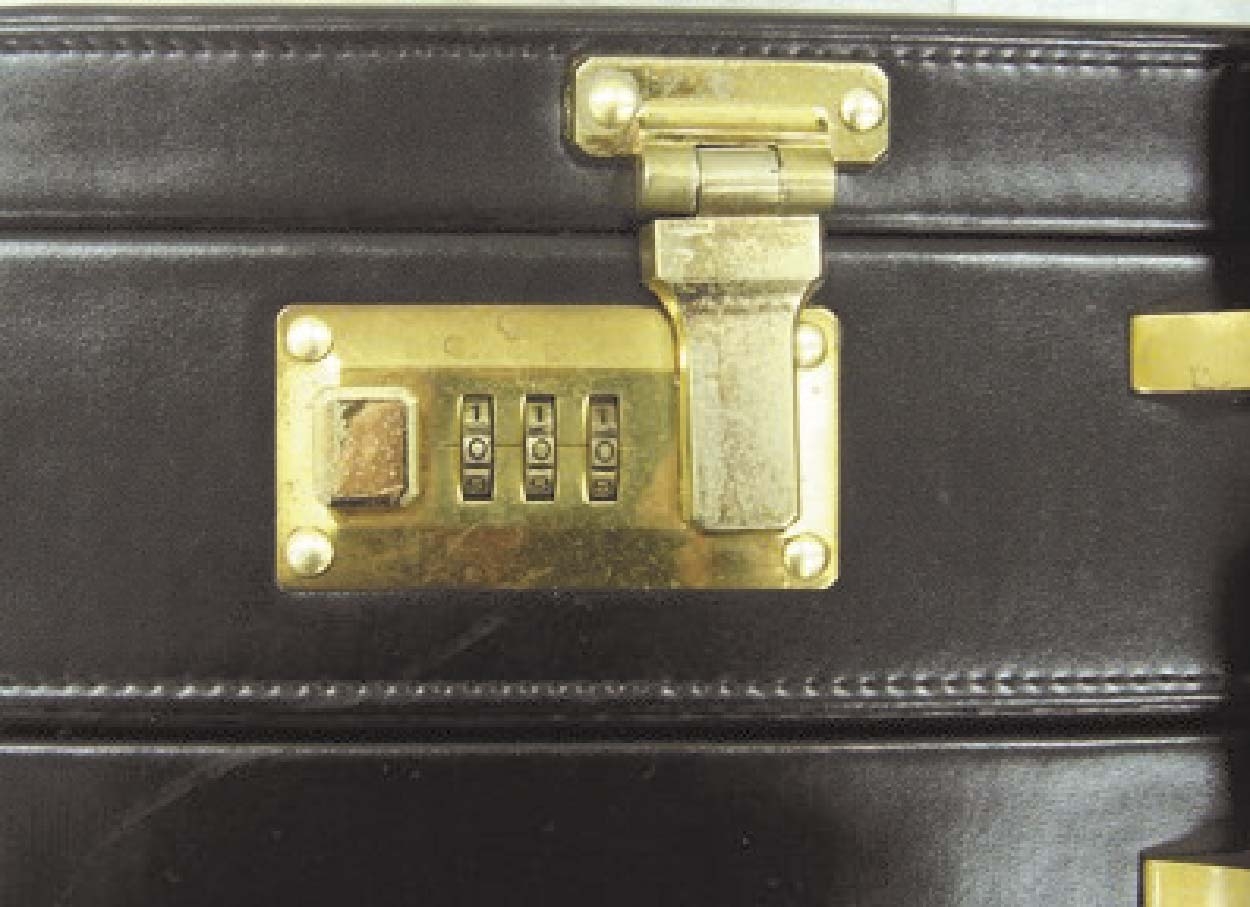
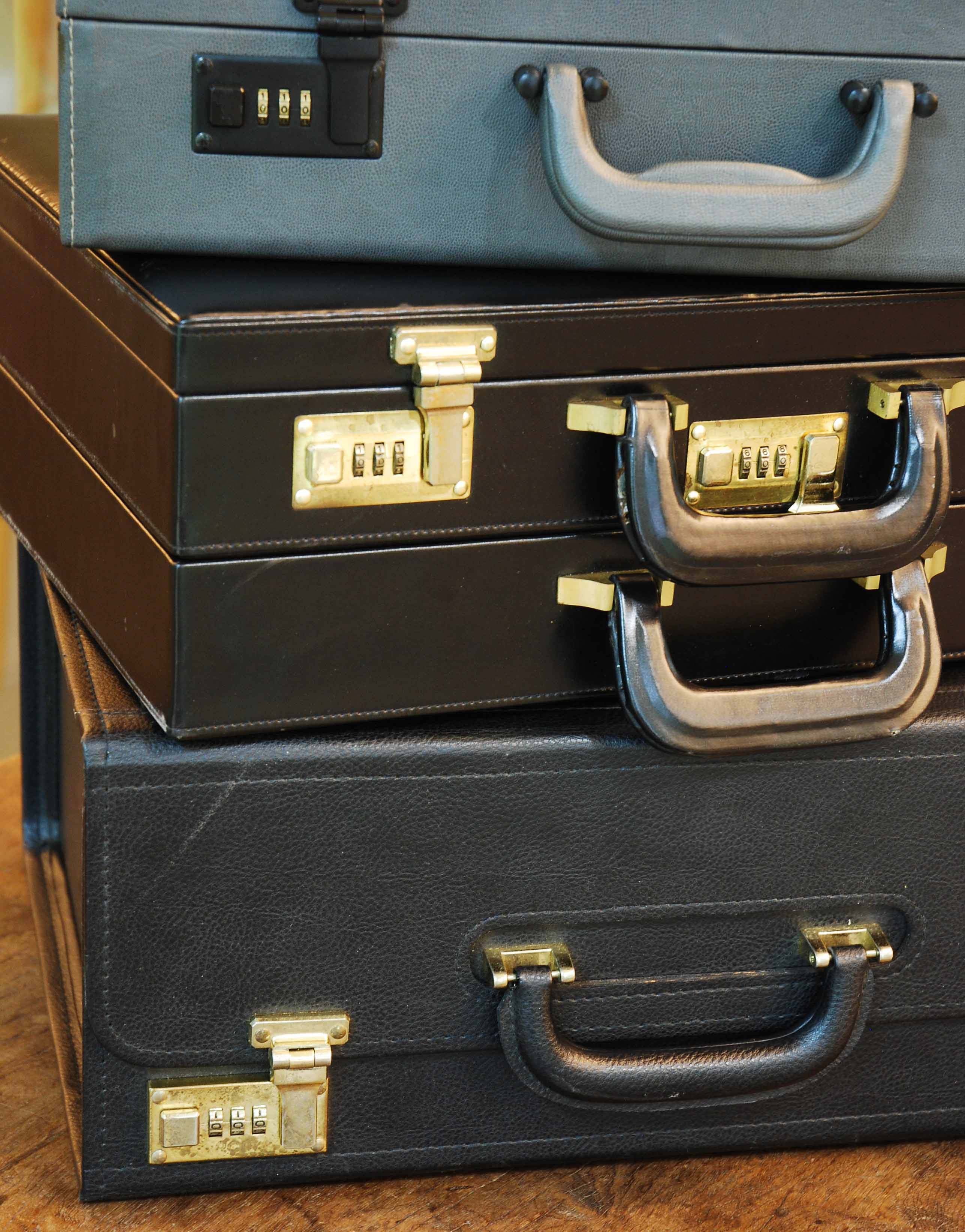
"When I delved deeply into it, I realized that a combination lock is like an orchestra, where each component has its role to play to produce beautiful music. The greatest challenge lies in orchestrating these simple components to work harmoniously together." - Dr. C.K. Ling, Chairman of Sinox
The CL series of suitcase locks opens the door to the lock industry.
"The CL-2000 was the first combination lock successfully patented in Taiwan and the United States. It features small dials at the back, and based on this application principle, subsequent series such as CL-7000 and CL-9000 were introduced. Eventually, the CL-9000 became the backbone product of the Competitor CL series, with a production period lasting over ten years. The CL series can be regarded as Competitor's most important invention in the combination lock industry, laying the foundation for many subsequent series such as PL, AL, RL, and ZL, which utilize the same principle.
XL series of travel luggage locks: Collaborating with world-renowned manufacturers
Although the CL series performed well, Competitor still relied on exhibiting at trade shows and advertising in professional media to market its products, allowing the market mechanism to evaluate them. Over time, Competitor gradually established a good reputation in the market. However, what truly elevated Competitor's visibility in the industry was the XL-101 combination lock for ABS hardshell suitcases. After the production of this suitcase lock, Sinox formed connections with world-renowned manufacturers, eliminating the need for further advertising, as orders naturally flowed in. 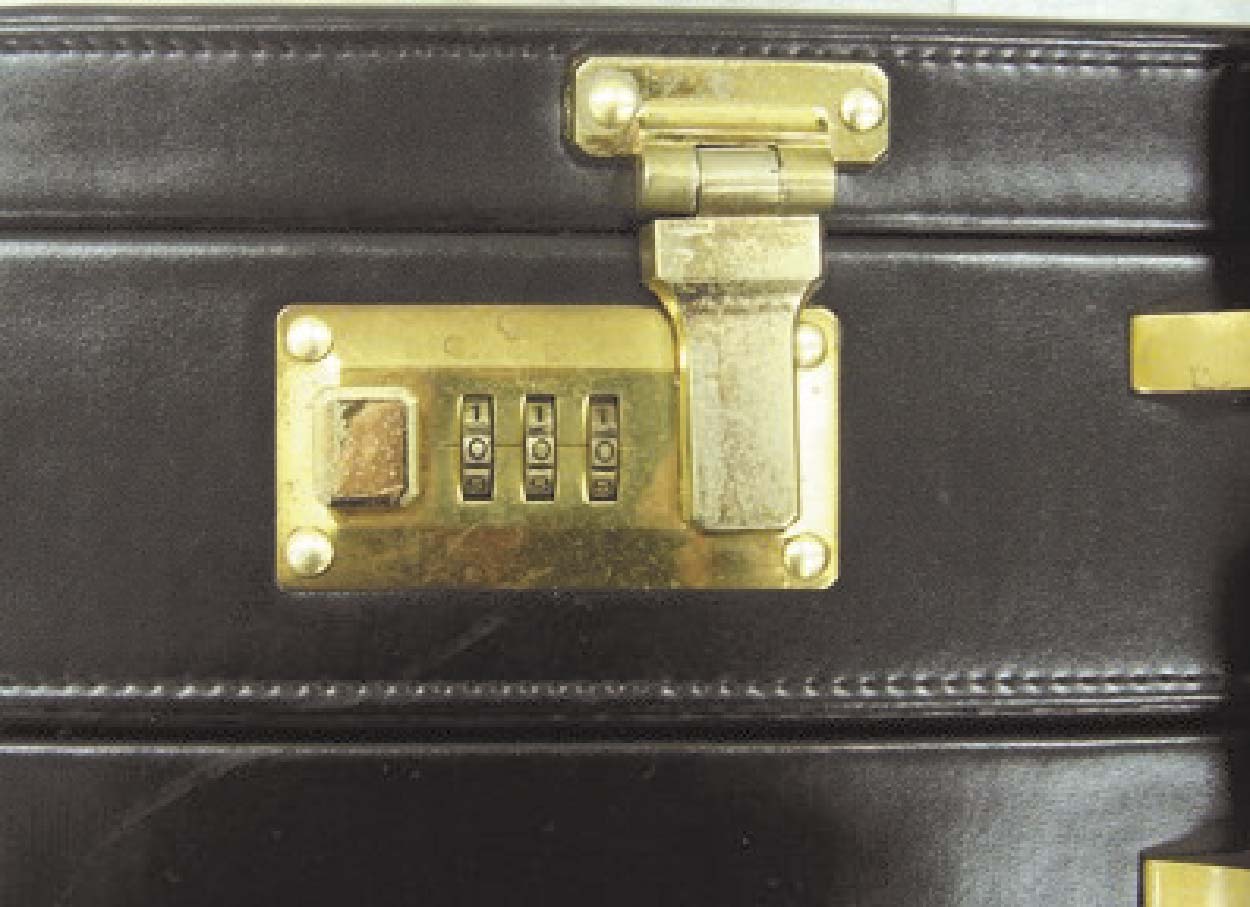
The CL-2000 was the first Taiwanese-made combination lock to successfully obtain patents in both Taiwan and the United States.
The XL series is the locks which tused in hard luggage, and the XL-101 made in 1983 is the progenitor of all XL series combination locks.
As the saying goes, where there's a will, there's a way. SINOX finally established relationships with the largest and most renowned suitcase manufacturers in the United States and Europe at that time, Samsonite and Delsey, respectively. Recalling the scene at that time, Dr. C.K. Ling said, "The general managers of these two companies were also very pleased because they had been dealing with lock factories in Taiwan for about twenty or thirty years, but had never encountered a manufacturer as advanced as us. Typically, those who make locks in Taiwan come from a blue-collar background, with poor English skills, making communication difficult. SINOX's performance surprised them." WithDr. C.K. Ling's fluent English and elegant rhetoric, combined with his academic expertise used in business communication, he was able to win the favor of customers; importantly, there were no concerns about the technology or quality of the locks produced, making SINOX an ideal partner for foreign companies. With high mutual trust, a long-term cooperative relationship was established.
PL series combination padlock - Pioneering a New Trend in Popularity
By the early 1990s, hard-sided suitcases were gradually falling out of fashion. Soft-sided suitcases, on the other hand, were gaining popularity due to significant improvements in material quality, allowing for a variety of style options that appealed to consumer
Transitioning from hard-sided suitcases to combination padlocks, Dr. C.K. Ling adopted an unconventional approach to break the industry norms. He incorporated the concept of aesthetic design into the marketing of padlocks. Soon after, the research and development department flexibly applied this concept and launched the PL-111 combination padlock, specifically designed to secure soft-sided suitcases with zippers. This approach proved to be very successful. "At that time, I estimated that there would be hundreds of millions of uses for small combination padlocks worldwide each year. Although at that time, only the United States and Italy each had a manufacturer producing 'variable combination padlocks,' the quantity would not be too large due to their expensive prices," said Dr. C.K. Ling, who had already recognized the business opportunity. "For decades, these two major manufacturers had stuck to the same design and functionality, with little variation. So, we saw an opportunity, but the problem was that they each had patent protection," he added.
Therefore, Dr. C.K. Ling took two approaches simultaneously: on one hand, he began developing mechanisms that could apply for domestic and international patents, and on the other hand, he commissioned industrial designers to propose various styles and functions for "padlocks." Additionally, he also engaged advertising design companies to create "distinctive" catalogs and advertisements for these new types of "padlocks." This collaboration between industrial designers, graphic designers, and engineering teams resulted in innovative "padlocks" that were unparalleled in the global hardware industry at that time.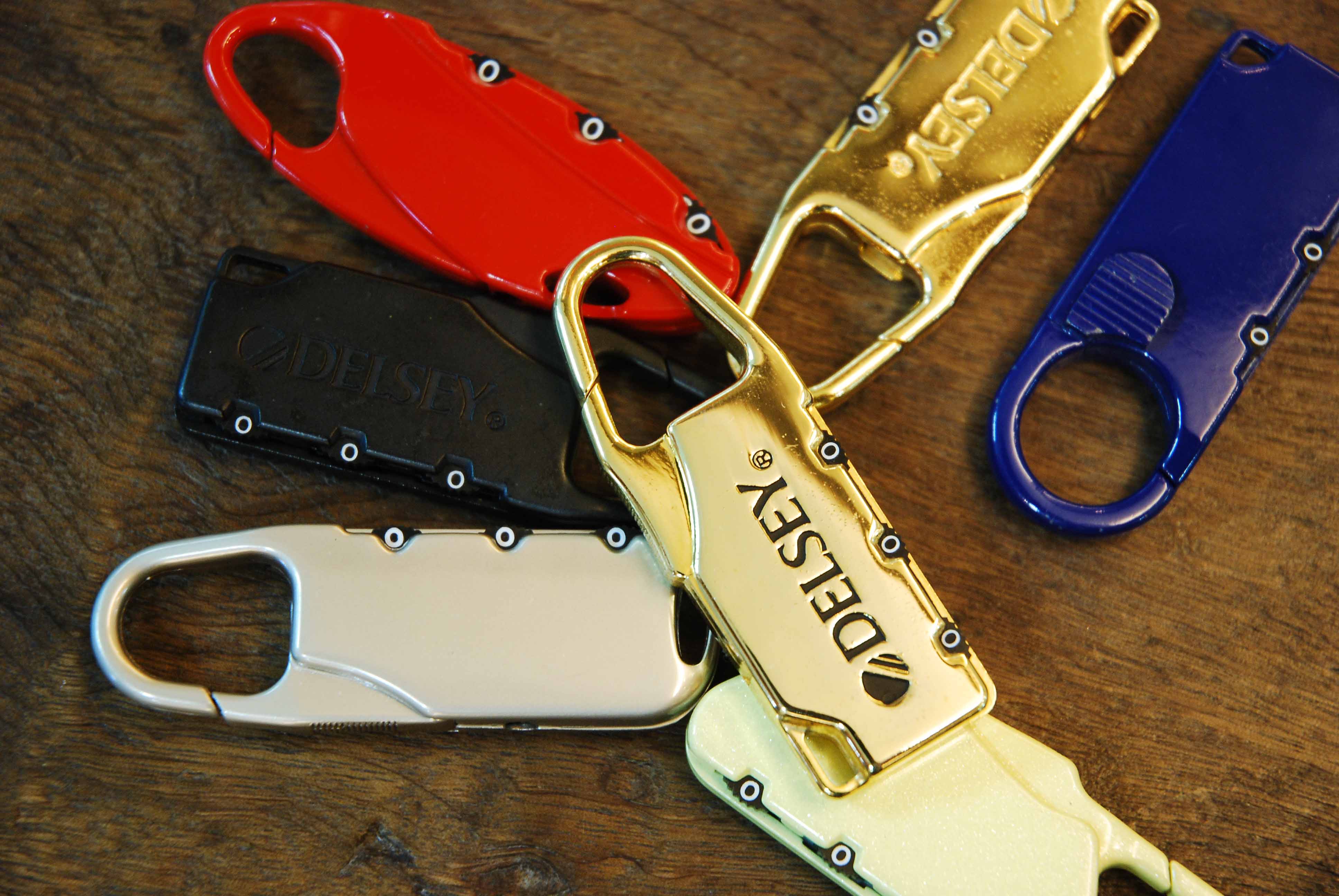
The PL-660 flat-style combination padlock, upon its release, immediately sparked a trend.
Combination padlocks and zipper locks, these two new items happened to tap into a new market, and even led to the development of the world's first flat-dial combination padlock, the PL-660, creating a new trend in the hardware industry that emphasized exterior design, allowing padlocks to extend into the realm of gifts.
The concealed dials of the flat-style combination padlock made the lock lightweight, and the surface of the lock body could be adorned with attractive and cute cartoon patterns, turning the lock into a hot item on gift shelves and becoming part of teenage pop culture. The release of the PL-660 flat-style combination padlock immediately sparked a trend. Although many imitations later infiltrated the market, "the important thing is that we wrote the history of the world's first combination padlock, which every SINOX member takes pride in," . Dr. C.K. Ling emphasized, valuing the record of this innovation.
Indeed, it has been proven that innovating and revamping traditional products before relaunching them can lead to success with absolute market potential. From the introduction of the first product, the PL-111, in 1984, until now, despite facing extensive imitation and dumping by domestic and foreign, especially Chinese manufacturers, combination padlocks remain SINOX's largest product for over twenty years. Its sales scope has expanded from its original purpose for soft luggage to various industries including hardware, sports equipment, and gifts, among others. The success of developing this combination lock set has established the standard mode for SINOX to develop more new products in the future.
Bicycle Combination Locks WL-Series: Enter a New Market
As combination padlocks gradually gained market acceptance,Dr. C.K. Ling's attention shifted towards the bicycle market, where he foresaw significant business opportunities. Although the market was not lacking in bicycle locks, countries such as Europe, the United States, and Japan had developed combination locks for bicycles, but none were variable. Dr. C.K. Ling believed that a variable combination lock could be integrated with bicycle locks.
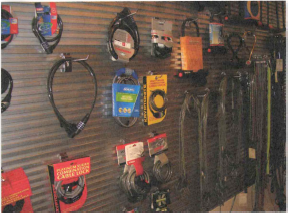
In 1989, the WL-630 series of bicycle combination locks was introduced
Dr. C.K. Ling and his employees became increasingly confident as they expanded into wider areas of lock manufacturing. Anything that required locking became the subject of their research and development. Consequently, a variety of products were introduced, including luggage strap locks, gun locks, desktop computer locks, laptop locks, combination locks for PDA chargers, locks within locks used by real estate agents, and multifunctional locks incorporating features such as a compass, laser pointer, and alarm. The creative sky was the limit for the R&D team, and each new product from SINOX captured people's attention upon release.
Dr. C.K. Ling stated, "Currently, we hold over one hundred patents and produce more than two hundred types of products. We serve over one thousand clients globally, spanning various industries including luggage, travel accessories, hardware, bicycles, gifts, sports equipment, and the 3C information industry."

Participated in the Taipei International Bicycle Show in 1995.
Throughout the journey, it is evident that almost all of Sinox's products are the result of their own innovation and research and development (R&D). While innovating, Sinox also educates the market, injecting innovation and R&D into the stagnant lock industry."
The blue ocean market that Dr. C.K. Ling pioneered shows that although Sinox specializes in one product—combination locks—they actually produce a wide variety of products. The versatile applications of combination locks in various aspects of life represent a new market. While lowering prices may have immediate benefits, in the long run, it will shrink profits and make it impossible to support R&D expenses, leading to a vicious cycle.
"At the beginning of the entrepreneurial journey, I established that Sinox would rely on 'developing new products' and 'marketing' to survive," says Dr. C.K. Ling. He never talks about "management," not because he does not understand its importance, but because management is not his expertise. He leaves it to the professionals! People need to be motivated. "Development—cultivate engineer and designer teams within the company; Marketing—expand influential clients, and others will naturally follow; Production—we master key technologies, routine manufacturing can be outsourced to countries with lower costs."
In addition to not discussing "management," Dr. C.K. Ling also does not mention "cost control." However, it should be clarified that he believes many well-known Taiwanese companies control costs rigorously because profits are limited. If they do not closely monitor costs, profit margins could drop from 5% to 3%. If he were a listed company, the impact of this fluctuation would be even greater. Perhaps these bosses have their unique insights into investments, leading to the expansion of their businesses. Still, such companies often suffer from a lack of product updates. Once they encounter strong competitors, their corporate lifespan quickly declines.
“Just started a business, I firmly established that Sinox's survival relies on 'developing new products' and 'marketing,'" said Dr. C.K. Ling. He never talks about "management," not because he does not recognize its importance, but because management is not his expertise. Therefore, he entrusts it to professionals! People need to be motivated. "In development—we cultivate engineer and designer teams internally; in marketing—we expand influential clients, and others will naturally follow; in production—we master key technologies, while routine manufacturing can be outsourced to countries with lower costs."
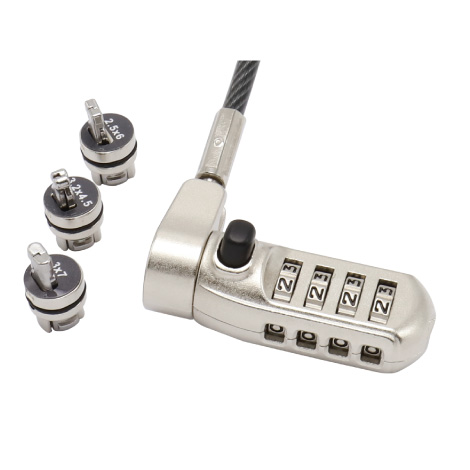


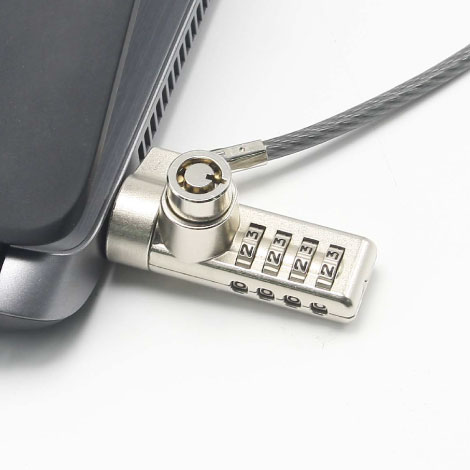
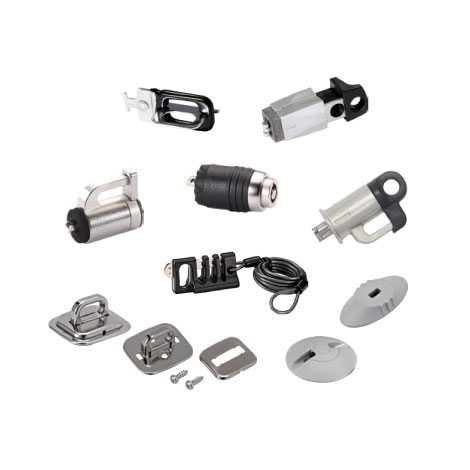


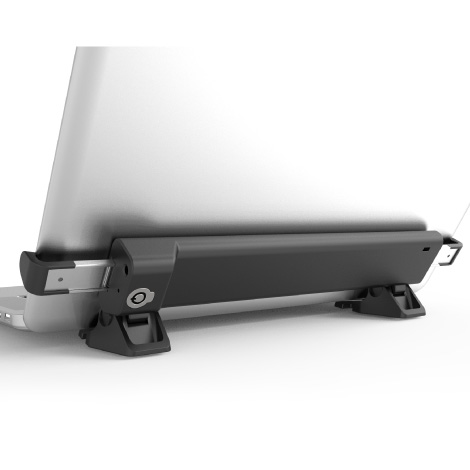


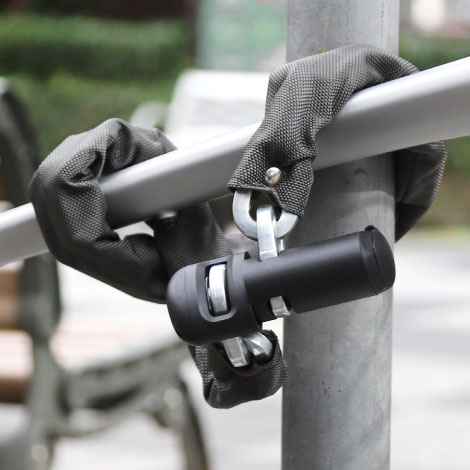

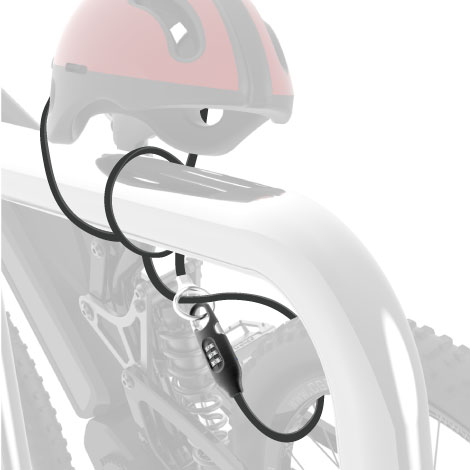
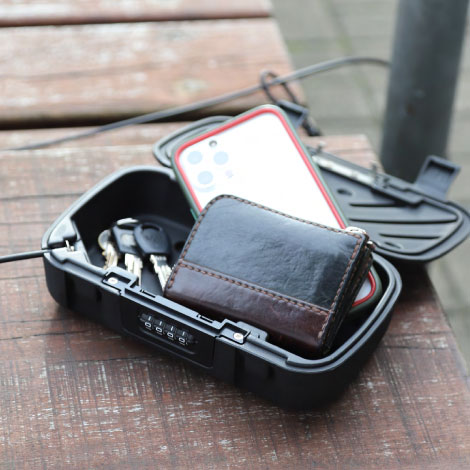
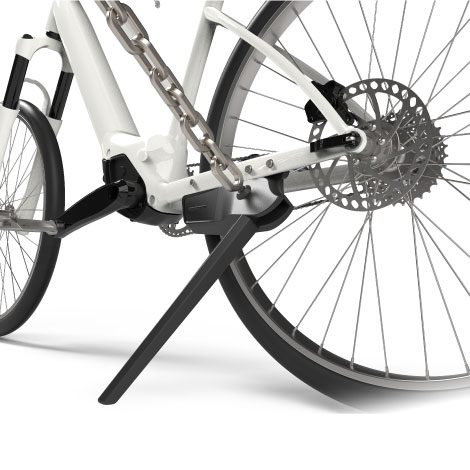
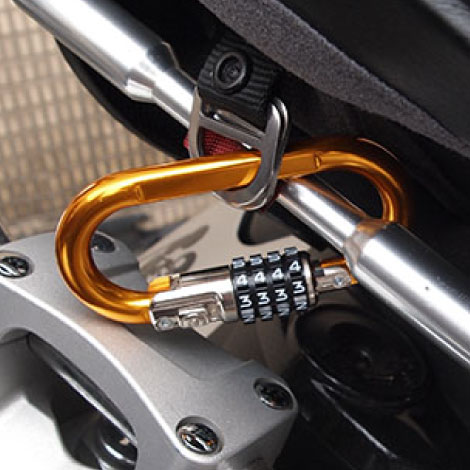

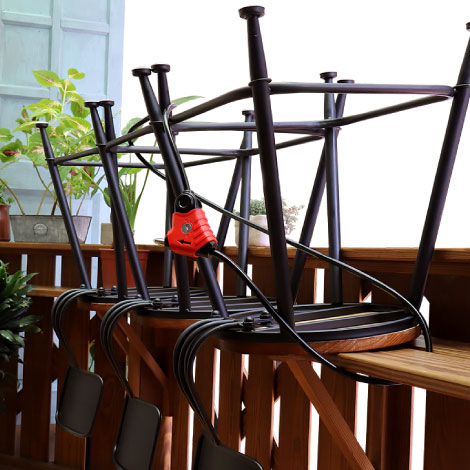
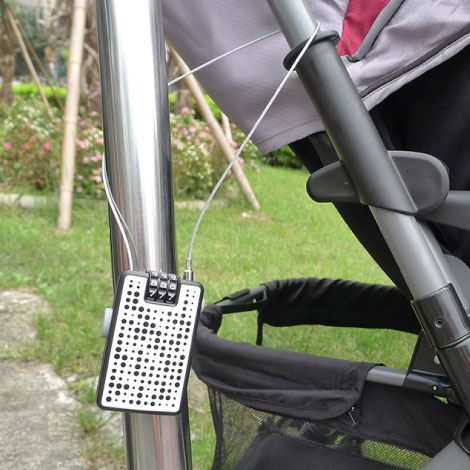
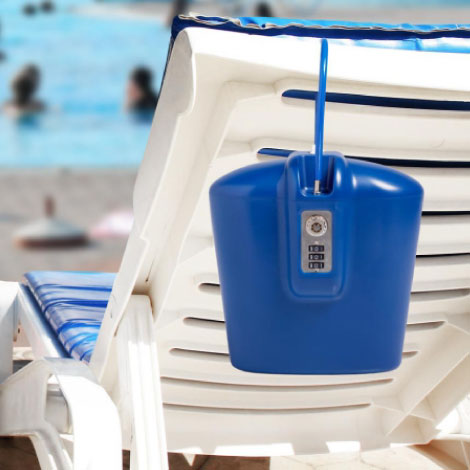



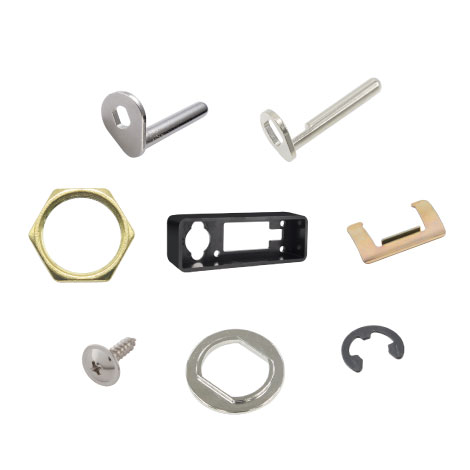

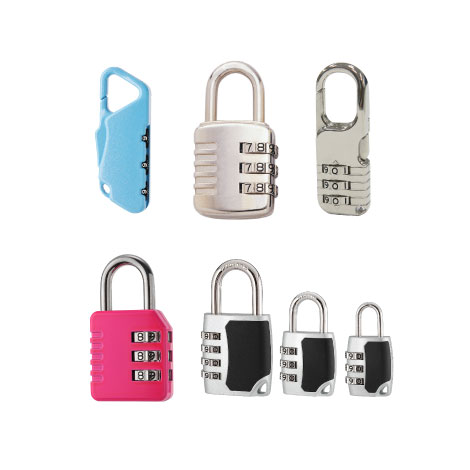



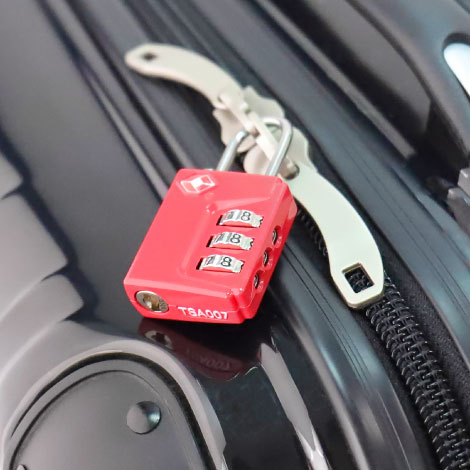
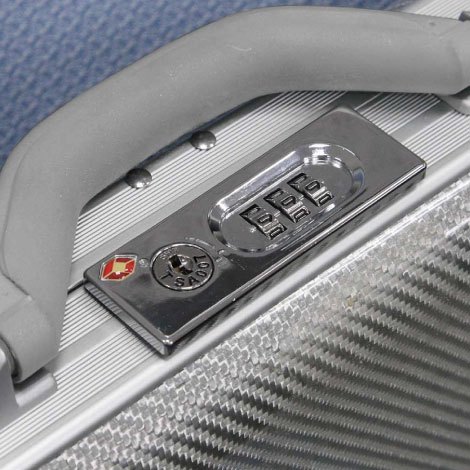
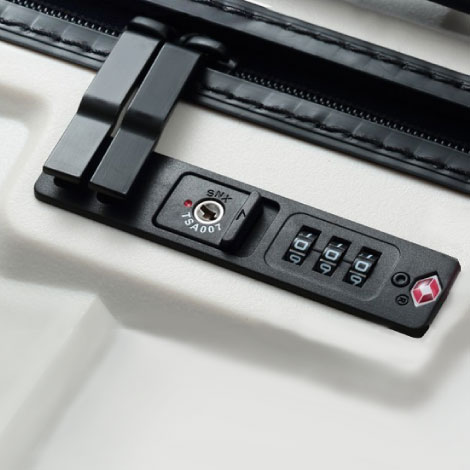

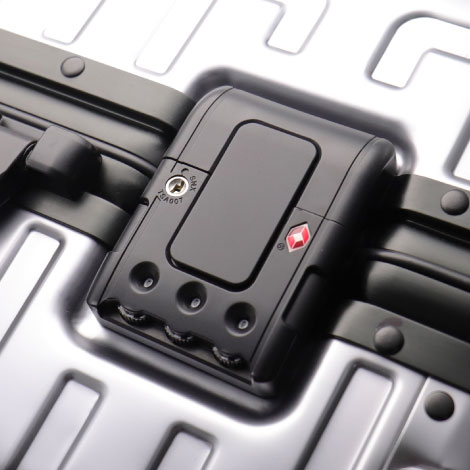


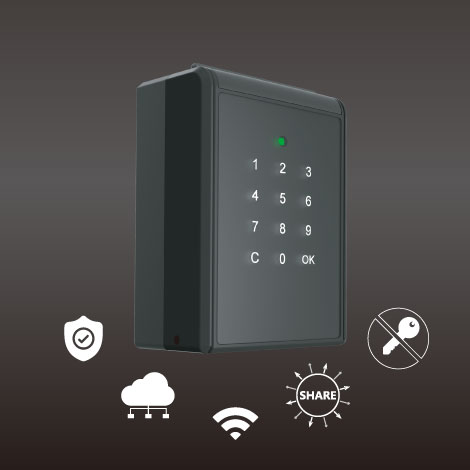
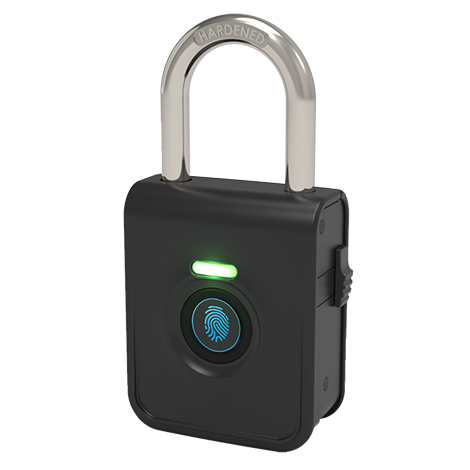
 English
English 繁體中文
繁體中文 简体中文
简体中文